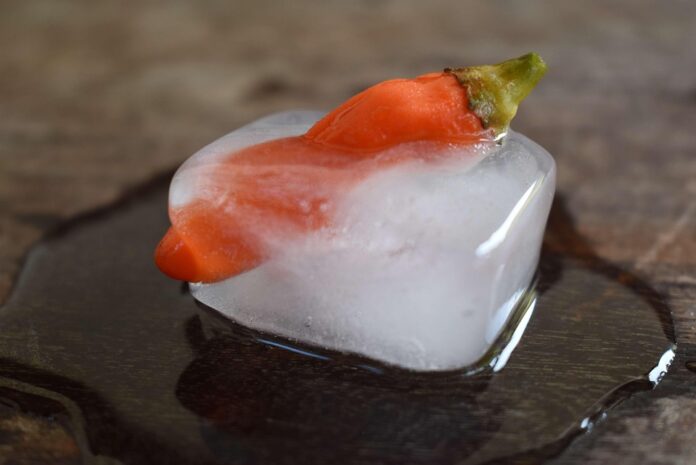Introduction
In the packaging industry, barrier films play a crucial role in protecting products from external factors such as moisture, oxygen, and light. For industries that require packaging solutions for extreme cold environments, the development of barrier films with high durability is essential. Packaging suppliers are constantly innovating to meet the demands of these industries while ensuring that their products can withstand the harshest conditions.
Challenges in Extreme Cold Environments
Extreme cold environments pose unique challenges for packaging materials. Low temperatures can cause traditional films to become brittle and prone to cracking, compromising the integrity of the packaging and potentially leading to product spoilage. In addition, exposure to cold temperatures can also impact the barrier properties of films, allowing moisture or oxygen to penetrate and degrade the quality of the packaged product.
Development of Barrier Films for Extreme Cold Durability
Packaging suppliers have been investing in research and development to create barrier films specifically designed for extreme cold environments. These films are engineered to withstand low temperatures without losing their flexibility or barrier properties. By using advanced materials and technologies, suppliers are able to offer solutions that provide superior protection for products in freezing conditions.
One key aspect of developing barrier films for extreme cold durability is the selection of materials. Suppliers often use materials such as polyethylene, polypropylene, and ethylene vinyl alcohol (EVOH) to create films that can maintain their barrier properties at low temperatures. These materials have low permeability to gases and moisture, making them ideal for protecting products in cold storage or during transport in freezing conditions.
Industry Insights
The demand for packaging solutions with extreme cold durability is driven by industries such as pharmaceuticals, food and beverage, and electronics. These industries rely on packaging materials that can protect their products during storage, shipping, and distribution in cold environments. As a result, packaging suppliers are under pressure to develop innovative solutions that meet the unique needs of these industries.
In recent years, there has been a growing trend towards sustainable packaging solutions in the industry. Packaging suppliers are increasingly focusing on developing barrier films that are not only durable in extreme cold environments but also environmentally friendly. This includes using recyclable materials, reducing the use of plastics, and implementing sustainable manufacturing practices.
Financial Data
The packaging industry is a multi-billion-dollar market, with a significant portion of the revenue coming from the sale of barrier films. In 2020, the global barrier films market was valued at approximately $25 billion, with a projected growth rate of 5% annually. The demand for barrier films with extreme cold durability is expected to drive further growth in the market, as industries continue to prioritize the protection of their products in harsh environments.
Actual Companies
Several packaging suppliers are at the forefront of developing barrier films for extreme cold durability. Companies such as DuPont, Sealed Air Corporation, and Berry Global Group are known for their innovative packaging solutions that can withstand freezing temperatures. These companies invest heavily in research and development to create advanced barrier films that meet the highest standards of quality and performance.
In conclusion, the development of barrier films for extreme cold durability is a critical area of focus for packaging suppliers. By investing in research and development, using advanced materials, and addressing the unique challenges posed by cold environments, suppliers can provide solutions that offer superior protection for products in freezing conditions. As industries continue to prioritize the safety and quality of their products, the demand for barrier films with extreme cold durability is expected to drive growth in the packaging market.


